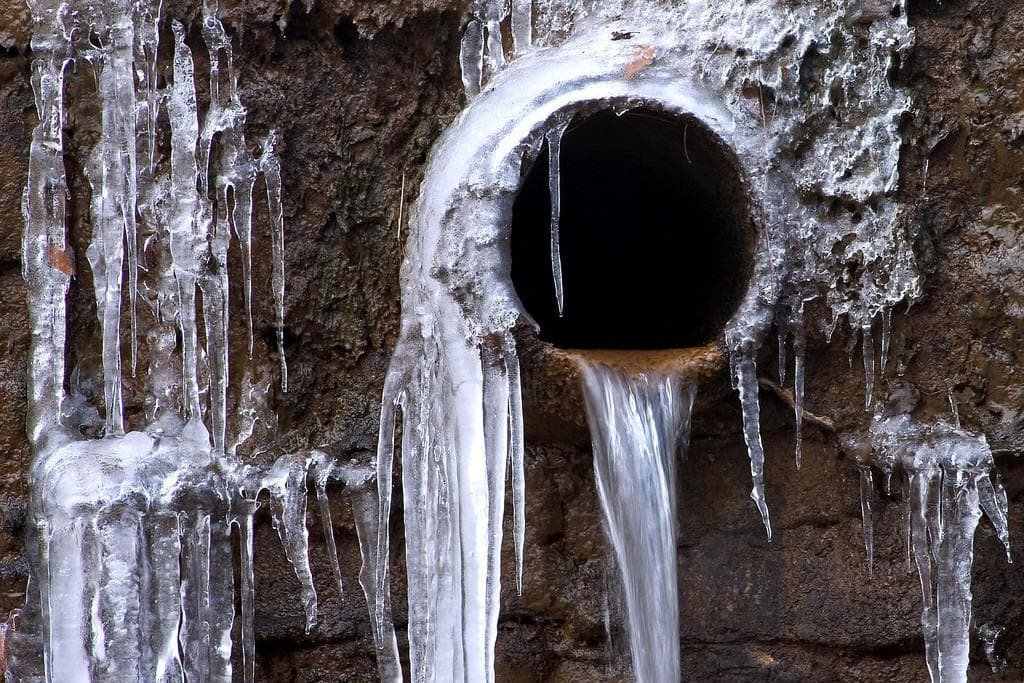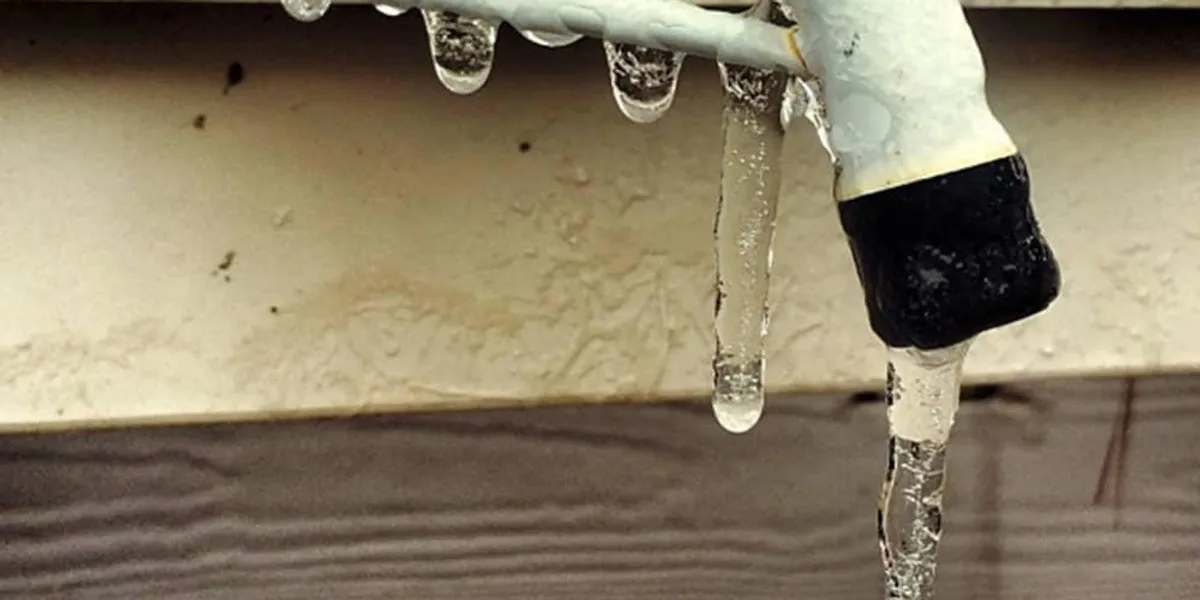Preventing Frozen Plumbing: Best Tips for Winter
Preventing Frozen Plumbing: Best Tips for Winter
Blog Article
What are your thoughts and feelings on Helpful Tips to Prevent Frozen Pipes this Winter?

Cold weather can ruin your plumbing, specifically by freezing pipes. Below's how to prevent it from happening and what to do if it does.
Intro
As temperatures drop, the danger of icy pipes boosts, possibly causing expensive repair work and water damage. Understanding how to avoid icy pipes is critical for home owners in cold climates.
Understanding Icy Pipelines
What creates pipes to ice up?
Pipelines ice up when exposed to temperatures listed below 32 ° F (0 ° C) for prolonged durations. As water inside the pipes freezes, it broadens, taxing the pipeline walls and potentially triggering them to break.
Threats and damages
Frozen pipes can result in water disruptions, home damages, and expensive repair services. Ruptured pipes can flooding homes and cause comprehensive architectural damages.
Signs of Frozen Water Lines
Identifying icy pipes early can prevent them from bursting.
Exactly how to recognize frozen pipes
Try to find lowered water circulation from taps, uncommon smells or noises from pipelines, and noticeable frost on subjected pipelines.
Prevention Tips
Insulating at risk pipelines
Wrap pipes in insulation sleeves or make use of warm tape to shield them from freezing temperature levels. Focus on pipes in unheated or external areas of the home.
Home heating methods
Keep indoor spaces adequately heated, particularly areas with plumbing. Open up cupboard doors to permit cozy air to circulate around pipelines under sinks.
Protecting Outside Pipes
Yard tubes and outside taps
Disconnect and drain pipes garden hose pipes prior to winter. Install frost-proof spigots or cover outside faucets with protected caps.
What to Do If Your Pipelines Freeze
Immediate actions to take
If you suspect frozen pipelines, maintain taps available to ease pressure as the ice melts. Use a hairdryer or towels taken in warm water to thaw pipelines gradually.
Long-Term Solutions
Structural modifications
Consider rerouting pipes far from outside walls or unheated locations. Add extra insulation to attic rooms, basements, and crawl spaces.
Updating insulation
Invest in top notch insulation for pipes, attics, and walls. Proper insulation assists maintain constant temperatures and reduces the risk of frozen pipes.
Conclusion
Preventing frozen pipes calls for positive steps and fast reactions. By recognizing the causes, indications, and safety nets, home owners can secure their plumbing throughout cold weather.
5 Ways to Prevent Frozen Pipes
Drain Outdoor Faucets and Disconnect Hoses
First, close the shut-off valve that controls the flow of water in the pipe to your outdoor faucet. Then, head outside to disconnect and drain your hose and open the outdoor faucet to allow the water to completely drain out of the line. Turn off the faucet when done. Finally, head back to the shut-off valve and drain the remaining water inside the pipe into a bucket or container. Additionally, if you have a home irrigation system, you should consider hiring an expert to clear the system of water each year.
Insulate Pipes
One of the best and most cost-effective methods for preventing frozen water pipes is to wrap your pipes with insulation. This is especially important for areas in your home that aren’t exposed to heat, such as an attic. We suggest using foam sleeves, which can typically be found at your local hardware store.
Keep Heat Running at 65
Your pipes are located inside your walls, and the temperature there is much colder than the rest of the house. To prevent your pipes from freezing, The Insurance Information Institute suggests that you keep your home heated to at least 65 degrees, even when traveling. You may want to invest in smart devices that can keep an eye on the temperature in your home while you’re away.
Leave Water Dripping
Moving water — even a small trickle — can prevent ice from forming inside your pipes. When freezing temps are imminent, start a drip of water from all faucets that serve exposed pipes. Leaving a few faucets running will also help relieve pressure inside the pipes and help prevent a rupture if the water inside freezes.
Open Cupboard Doors
Warm your kitchen and bathroom pipes by opening cupboards and vanities. You should also leave your interior doors ajar to help warm air circulate evenly throughout your home.

Do you really like reading up on Prevent Frozen Pipes ? Put a review down below. We'd be happy to know your views about this write-up. We are looking forward that you come back again in the near future. You should take the opportunity to share this blog entry if you liked it. Thanks a lot for going through it.
Get A Free Estimate Report this page